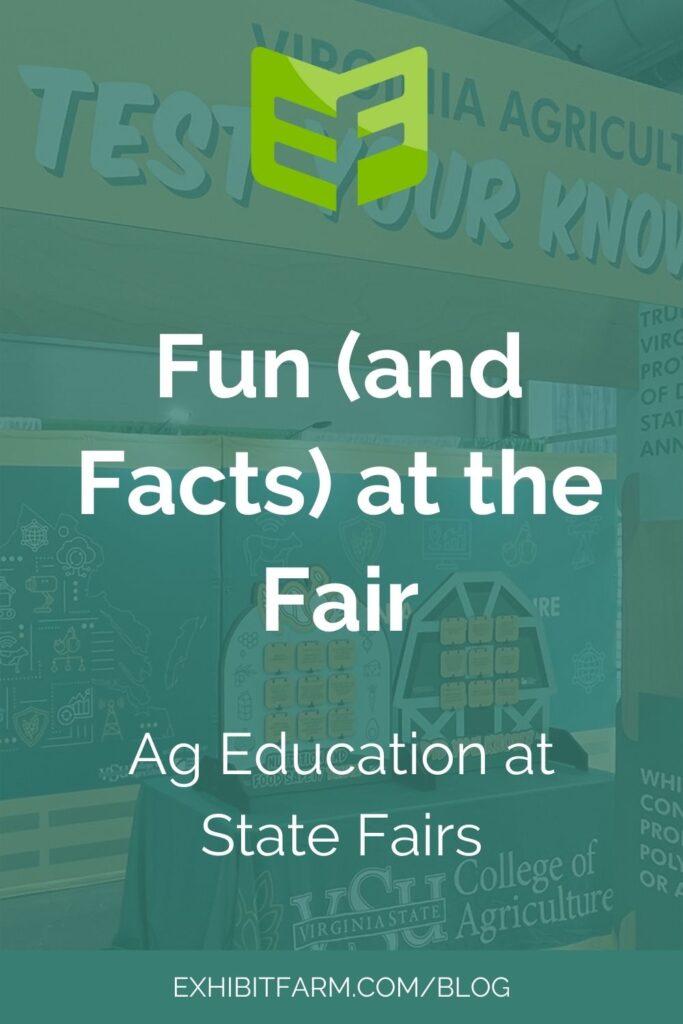
Reality check: can your ag education programs compete against baby animals, roller coasters, and cotton candy to get kids’ attention? That’s basically the competition you’re signing up for when you try to do ag education at state fairs.
When we put it that way, you might wonder why anyone would try to springboard off a fair for ag education. But don’t be too hasty. Despite their challenges, fairs have a lot of potential for ag education. They’re one of the few places where consumers might actually seek out encounters with agriculture. Plus, farmers, farm animals, and food competitions are all around you at a fair, putting agriculture close(r) to to the top of people’s minds.
All the ingredients are there to reach the folks who might never set foot on a farm. You just need programs and exhibits that can cut through the noise.
Ag Education through Games
You don’t have to go full-on carnival barker. But games and competitions are a great way to get people to stop at your booth. People go to a fair to have fun, after all. And there’s absolutely no rule that games can’t also include some facts about farming.
For example, Iowa Farm Bureau set up a station with a single-player trivia game at the Iowa State Fair. Players won a prize when they got a certain number of correct answers. That’s a good way to make sure everybody wins a prize. But if you want to encourage some more cut-throat competition, there are two-person trivia games that pit visitors against each other in a race to see who can get 10 correct answers first.

Pique People’s Perplexity
Our clients at Virginia State University decided to use the power of curiosity for their state fair exhibit. They had us create a PanelPACK archway covered in brain teasers related to food or agriculture. For example, one panel asked, “Which fabric contains a farm product: nylon, cotton, or polyester?” The answers to all the questions were hidden on the displays within the booth. So if people wanted to satisfy their curiosity, they had to head into the booth and explore the displays inside.
Similarly, you could use posters or backdrops with intriguing questions or photos to encourage people to stop by and learn more. Is your state a leader in a particular commodity? See if people know which one it is! (This strategy combines easily with the Games/Competitions strategy — just offer prizes for guessing the answers.)
Making Ag Education at Fairs Easi(er)
When every square foot in the booth and every pound on the shipping pallet has to count, maximizing the size-to-information ratio is key. That’s why most of our state fair clients have opted for tabletop displays. With this style of display, they still have plenty of room for fun facts. But the displays don’t take up much space, and their light weight means one person can easily carry them alone.
Your volunteers (or your future self) will thank you when they don’t have to struggle with displays that are hard to put together or too big to move alone. We’ve taken some of these tabletop displays to events ourselves and can confirm: they’re easy for us to manage, but hard for visitors to resist.
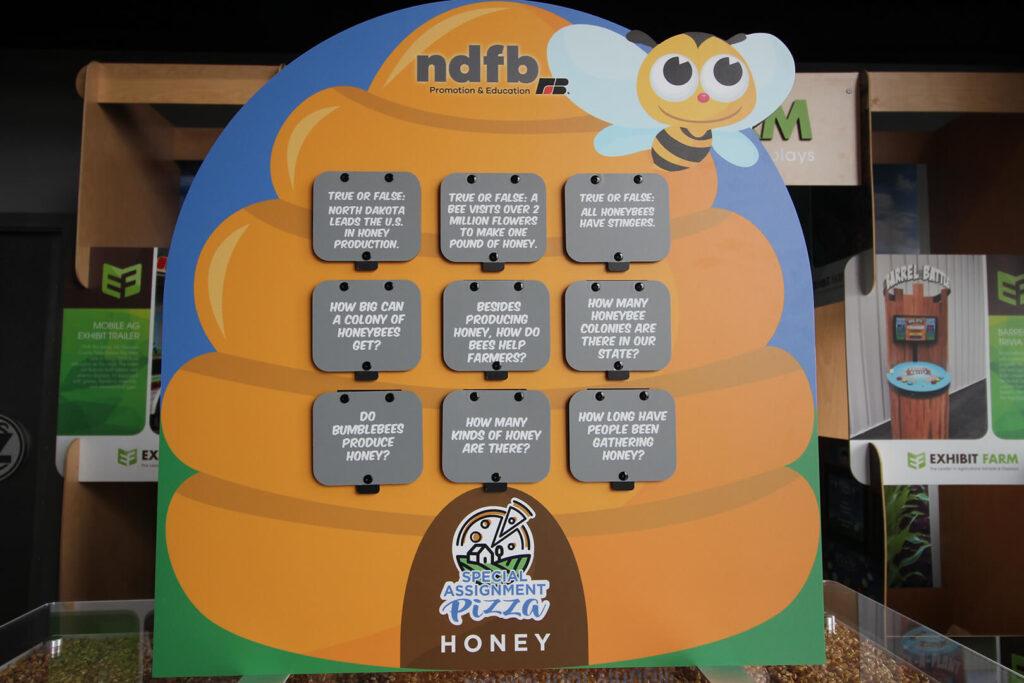
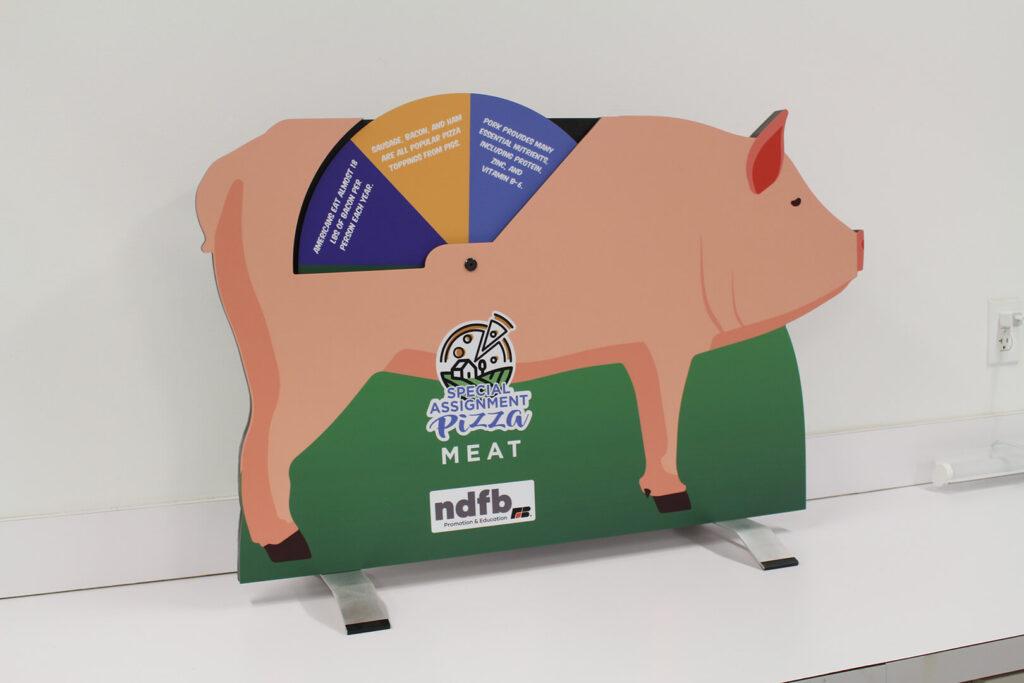
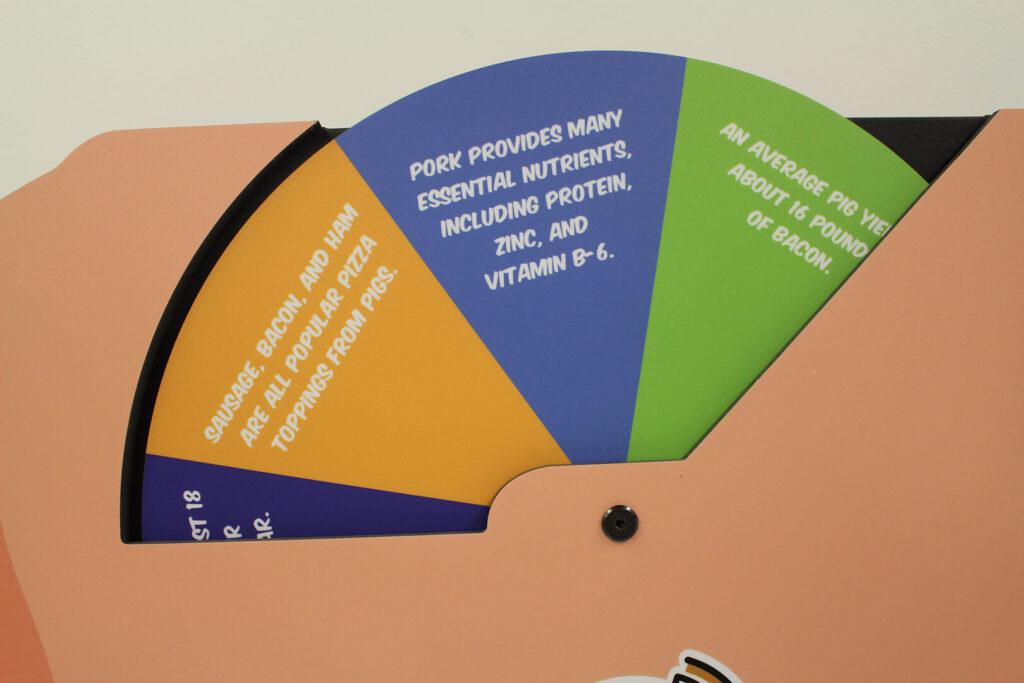
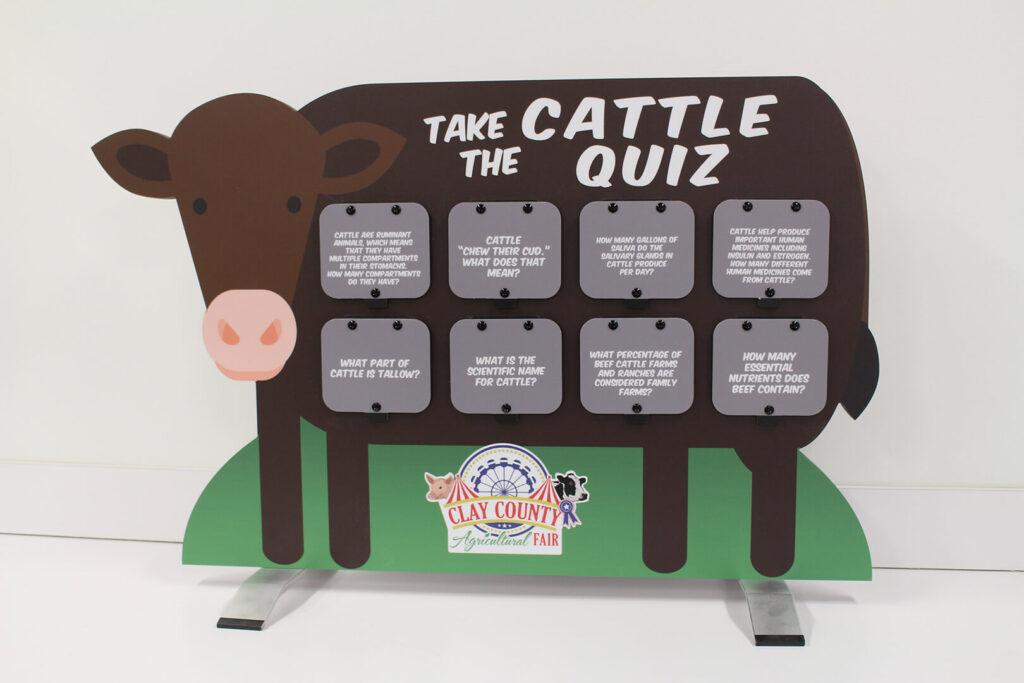
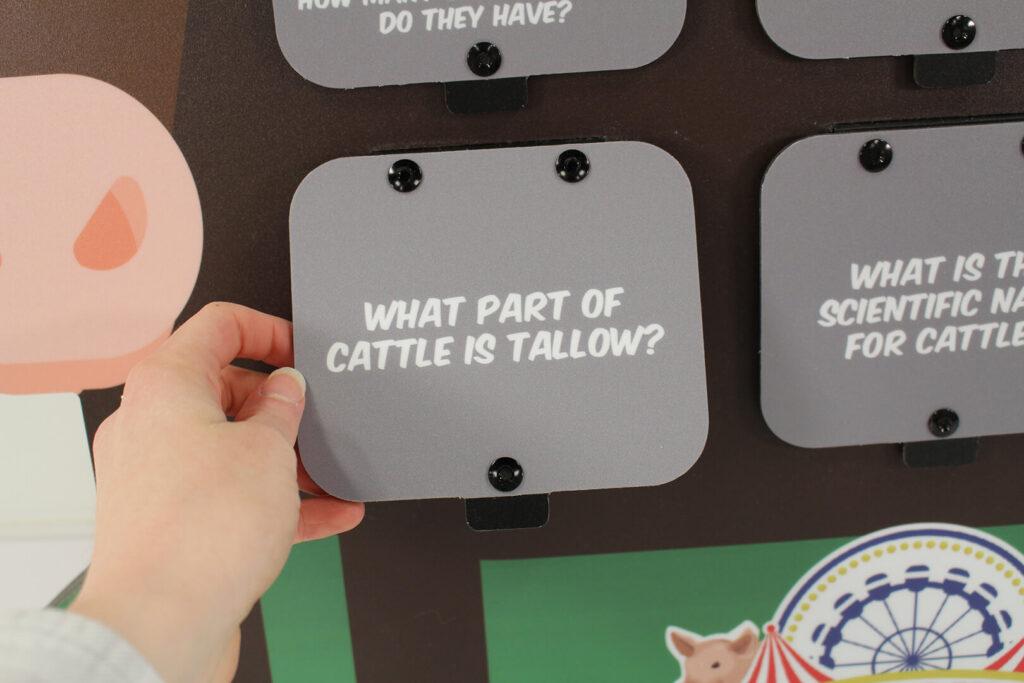
State fairs present some unique opportunities for ag education. On the other hand, you don’t get much time with people at fairs. That means any takeaways you want to share need to be short and sweet. It also means your area should be fun and inviting.
Games, quizzes, and portable displays have proven useful for many of our clients, but that doesn’t mean they’re the only solutions. What engaging experiences or displays could you create? What do you want to highlight about your state’s ag industry? The possibilities are as varied as your ideas. And hey, if you ever want to bounce those ideas off someone, we’d love to hear about them.
